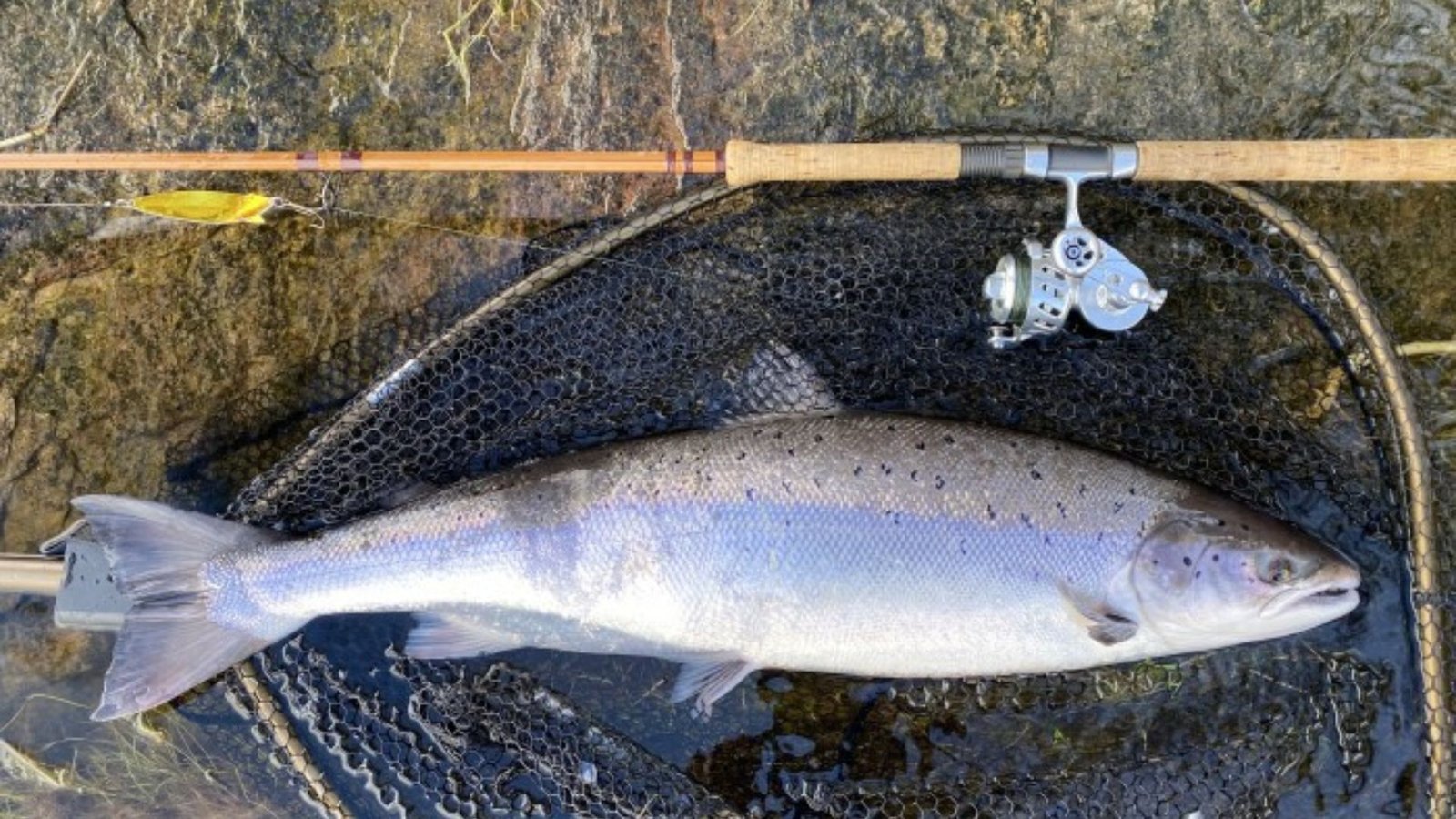Mastering the art of tying secure knots is essential for successful salmon fly fishing. A strong knot ensures that your fly stays connected to the leader, preventing lost catches due to knot failures.

Ways to Tie Effective Salmon Fly Knots
Improved Clinch Knot
The Improved Clinch Knot is widely used and reliable:
- Steps: Thread the line through the eye of the hook, wrap the tag end around the standing line several times, and pass it through the loop near the eye. Moisten and tighten the knot.
Palomar Knot
Known for its strength, the Palomar Knot is ideal for securing large salmon flies:
- Steps: Double the line, pass it through the eye of the hook, tie a simple overhand knot, and then pass the loop over the hook. Moisten and pull tight.
Loop Knot
A Loop Knot enhances the movement of streamer flies:
- Steps: Create a loop in the leader, pass the tag end through the hook eye and around the standing line, and then through the loop. Tighten and ensure the loop is secure.
Blood Knot
Use the Blood Knot to join two lines together effectively:
- Steps: Overlap two lines, wrap one end around the other five to seven times, pass the tag end through the loop, and repeat the process with the other line. Moisten and pull tight.
Surgeon’s Knot
Quick and easy, the Surgeon’s Knot is perfect for attaching tippet to the leader:
- Steps: Overlap the two lines, make a loop with both, and pass the tag end through the loop three times. Moisten and tighten carefully.
Tips for Tying Effective Knots
- Practice: Regular practice improves your knot tying proficiency.
- Use Quality Materials: High-quality leaders and tippets reduce knot slippage.
- Moisten Knots: Wetting knots before tightening prevents friction damage.
Adjusting Knots for Different Flies
- Streamer Flies: Use loop knots to enhance movement and lifelike presentation.
- Dry Flies: Opt for smaller, less obtrusive knots to maintain natural buoyancy.
- Nymphs: Secure knots to withstand repetitive strikes and underwater pressure.
Testing Knot Strength
Before casting, test each knot’s strength:
- Gently Pull: Apply gradual pressure to check for slipping or weakening.
- Inspect: Look for any signs of damage or slippage in the knot structure.
Conclusion
Mastering salmon fly knots is essential for every angler’s success. Whether you’re tying the Improved Clinch Knot for simplicity or the Loop Knot for enhanced movement, each knot serves a crucial role in securing your fly and ensuring a successful fishing expedition. By practicing consistently and understanding which knots suit different fly types, you can confidently approach any salmon fishing scenario knowing your knots are strong and reliable.




